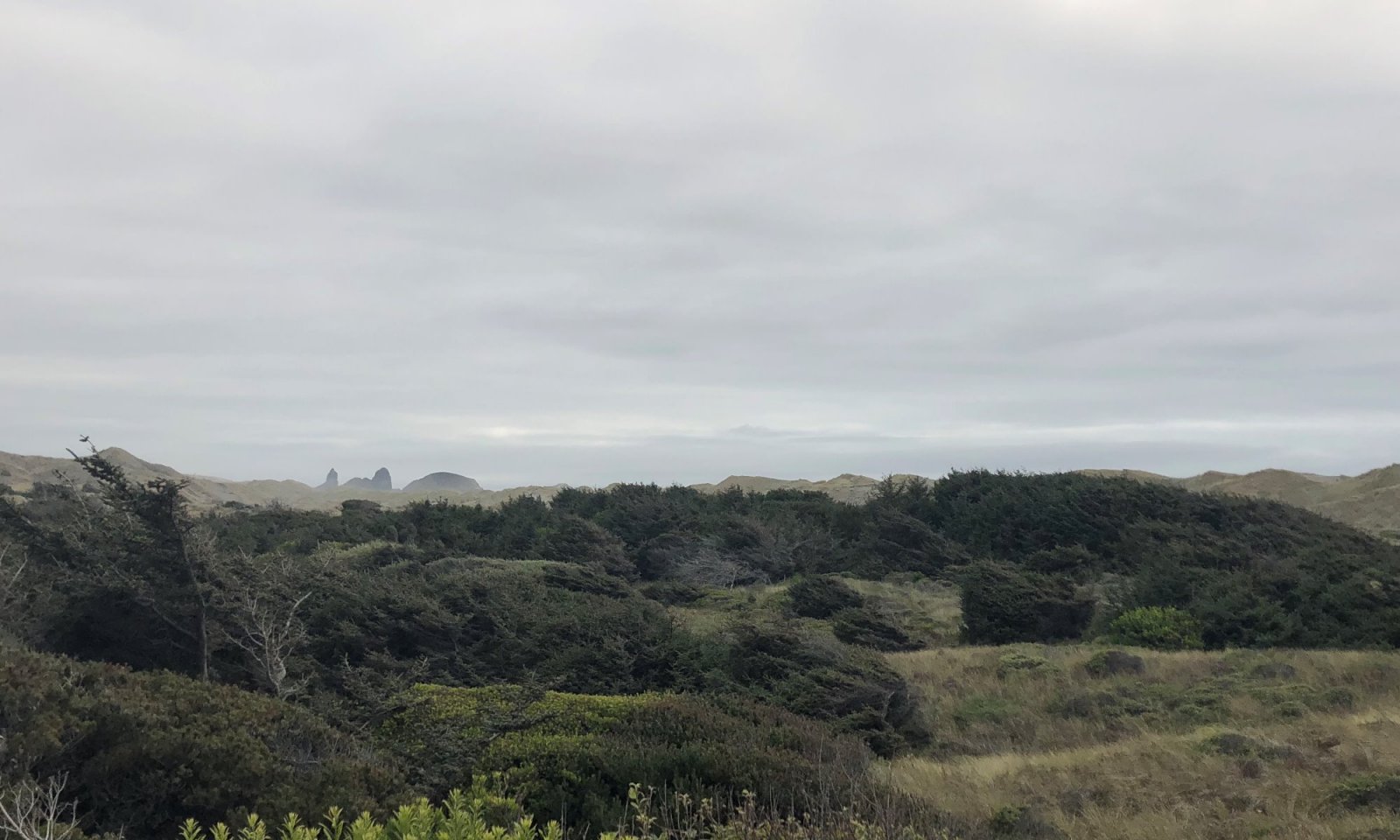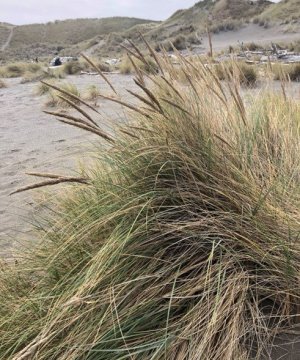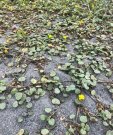
Beach Dunes
Scenario model
Current ecosystem state
Select a state
Management practices/drivers
Select a transition or restoration pathway
- Transition T1 More details
- Transition T3 More details
- Restoration pathway R1 More details
- Transition T2 More details
- Restoration pathway R3 More details
- Restoration pathway R2 More details
-
No transition or restoration pathway between the selected states has been described
Target ecosystem state
Select a state
State 1
Reference State



Description
The dynamics described below are general to the level that the site concept has been developed for provisional ecological site concept identification and further investigation purposes only. It is meant to give a general overview of the ecological dynamics of the system and should not be viewed as a model for a specific ecological site level management. It is supported by the current available literature that was reviewed for a general understanding of the system and basic understanding of the abiotic and biotic drivers. Further investigations and soil-site data collection and analysis should be conducted before specific land management can be applied at the ecological site specific scale. This STM only serves to explain the general ecology and dynamics.
Reference State (State 1) –
This reference state includes the highly variable dynamics of the active dunes, dune mats, dune swales, and dune forests. These communities are all varied in size and extent, depending on the width of coastline available, the geologic history of the deposits, and long-term shifts in prevailing winds that impacted a specific area of coastline. The active dunes and dune mats are more transitory in nature, with the dune mats being of limited extent along dune ridges mostly. Dune forests are the more extensive and stabilized portions of this dune ecological site and are intermixed with the dune swale expressions. When the dune forests are disturbed they are easily impacted again by the coastal winds and begin to degrade into more transitory dunes again. At this very general scale, this reference state only really captures the generalities related to the functional groups that are most dominant and does not capture the more specific dynamics and patterns that would be found at the more detailed and refined ecological site scale that focuses on specific abiotic factors that drive some of these various complex plant expressions. More data and refinement is needed to capture the information needed in order to make specific land management decisions at the ecological site-component scale.
Submodel
Description
This state represents the community phases that have been invaded by non-native species. This ecological site is highly susceptible to invasives, especially in Community Phase 1.2, given the more transitory nature of these communities they are primed for openings by non-natives that can capitalize quickly on available resources much better than the native species can. This state is currently only one community phase, representing all the different types of communities from the reference state and in the future more information and research should be done to determine more specific dynamics in this state that are more heavily related to the different community expressions within this state and the dynamics amongst them all.
Submodel
Description
This state represents the intensive land uses that have significantly altered this ESG in a myriad of ways including removal of topsoil, fertilizer additions and other topsoil manipulations, hydrologic alterations that remove native soil fauna, among many other things and is typically due to urban developments, recreational activities, and intensive agriculture. More information about this state is needed to flesh out the various impacts these types of land uses/alterations have had on the ecological site in order to better understand how to manage these areas or potentially attempt restoration of these areas where possible.
Submodel
Mechanism
This transition occurs when the seed source is introduced to the ecological site. This ecological site is not highly resistant to outside pressures like invasive species, and in Community Phase 1.2 the site is most at-risk of this type of invasion. The threshold is crossed when feedback mechanisms shift from natural dynamics to feedback mechanisms that cater to the invasive species.
Mechanism
This transition is caused by significant human alterations that remove essential topsoil horizons, alter hydrologic functions, and/or add significant inputs that change soil chemistry and soil properties for housing developments, urban infrastructures or intensive cropping systems and force this ecological site over a threshold and change the function and structure of this site in extensive ways.
Mechanism
This restoration pathway occurs through the control of invasive species can potentially restore this ecological site to its reference state. It is more likely that the invasions are minimized and controlled, but complete removal of the invasives may not be possible without significant time and money inputs and repeated treatments.
Mechanism
This transition is caused by significant human alterations that remove essential topsoil horizons, alter hydrologic functions, and/or add significant inputs that change soil chemistry and soil properties for housing developments, urban infrastructures or intensive cropping systems and force this ecological site over a threshold and change the function and structure of this site in extensive ways.
Mechanism
This restoration pathway occurs only when significant time and money inputs that would require constant maintenance and weed management and should be focused on areas that have not been permanently altered by urban developments. This restoration pathway may be less likely than R2, since most of these very altered landscapes will be more hospitable to invasive species than to the native species that are more particular and require specific growing conditions that may not be replicable due to the alterations to the site that had occurred.
Mechanism
This restoration pathway occurs only when significant time and money inputs are focused on areas that have not been permanently altered by urban developments. This restoration pathway may be more likely than R3, since most of these very altered landscapes will be more hospitable to invasive species than to the native species that are more particular and require specific growing conditions that may not be replicable due to the alterations to the site that had occurred.
Model keys
Briefcase
Add ecological site groups and Major Land Resource Areas to your briefcase by clicking on the briefcase (![]() ) icon wherever it occurs. Drag and drop items to reorder. Cookies are used to store briefcase items between browsing sessions. Because of this, the number of items that can be added to your briefcase is limited, and briefcase items added on one device and browser cannot be accessed from another device or browser. Users who do not wish to place cookies on their devices should not use the briefcase tool. Briefcase cookies serve no other purpose than described here and are deleted whenever browsing history is cleared.
) icon wherever it occurs. Drag and drop items to reorder. Cookies are used to store briefcase items between browsing sessions. Because of this, the number of items that can be added to your briefcase is limited, and briefcase items added on one device and browser cannot be accessed from another device or browser. Users who do not wish to place cookies on their devices should not use the briefcase tool. Briefcase cookies serve no other purpose than described here and are deleted whenever browsing history is cleared.
Ecological site groups
Major Land Resource Areas
The Ecosystem Dynamics Interpretive Tool is an information system framework developed by the USDA-ARS Jornada Experimental Range, USDA Natural Resources Conservation Service, and New Mexico State University.




